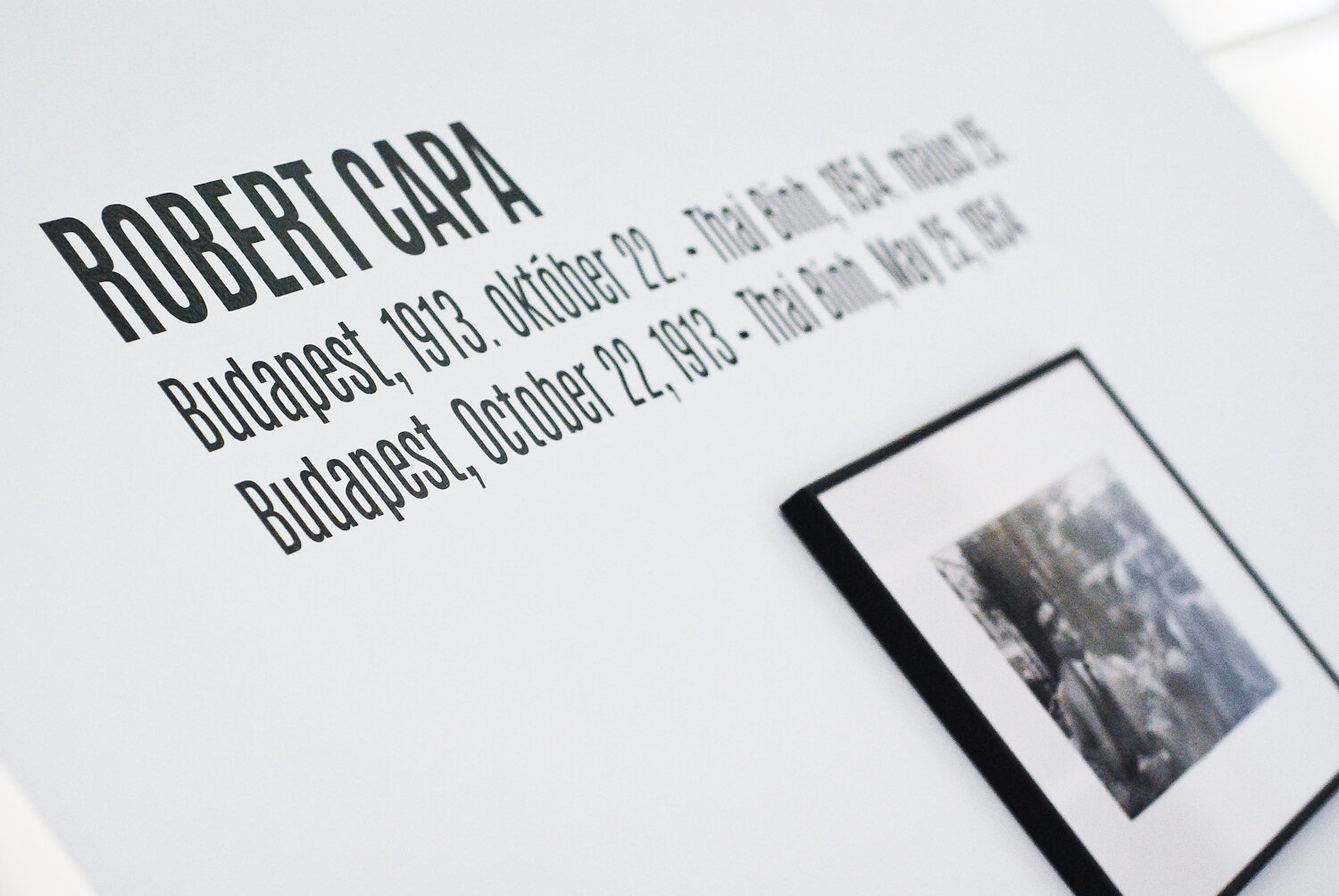How could you get closer to a world-famous photographer and the present he immortalized, which became an out-of-context moment of the past? You have to keep moving, moving to Balatonfüred, enter the Vaszary Villa there and you'll be standing right in front of the work by the legendary war correspondent, Robert Capa. The exhibition titled In Motion is open until 9 August.
Born as Endre Friedmann in Budapest, the photographer in constant motion earned a name as Robert Capa. The heritage of the war correspondent, who died in action is guarded by New York's International Center of Photography, but at the turn of 2008 and 2009, the Hungarian National Museum bought one of the three series, the so-called ‘Robert Capa Master Selection’, which were selected and blown up from the original negatives by Robert's brother Cornell Capa and his biographer, Richard Whelan.
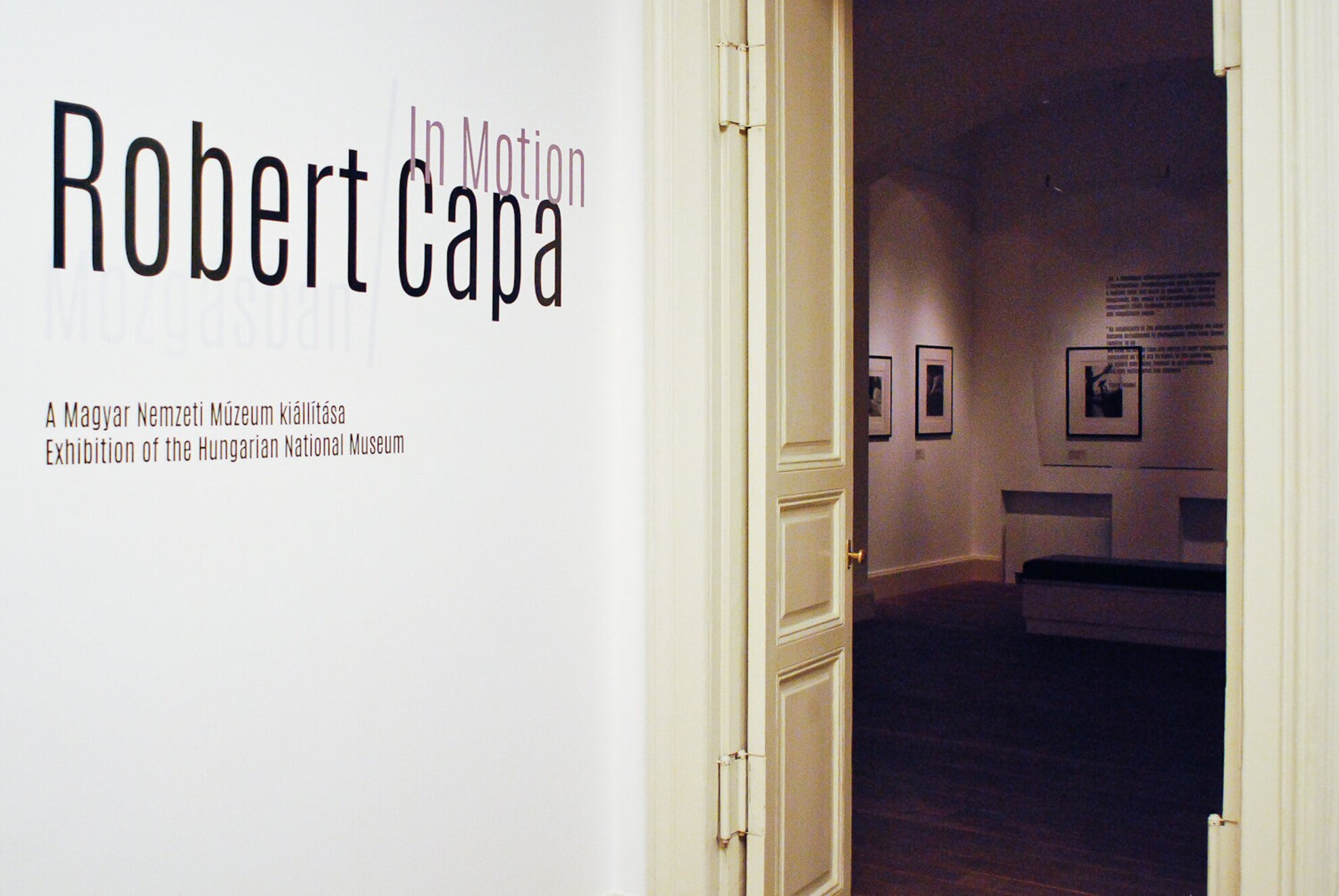
The exhibition In Motion at Balatonfüred's Vaszary Villa rounded up Capa photos focusing on dynamism - which was also a key word in Capa's life - , and, of course, also commemorates the photographer's visit to Balaton. Irrespective of the topic - Paris in the 1930ies, the Spanish Civil War, WW2 front, post-war Eastern Europe, Israel, Asia, war or peace - the photos are necessarily mirrors of Capa's attitude to life as well.
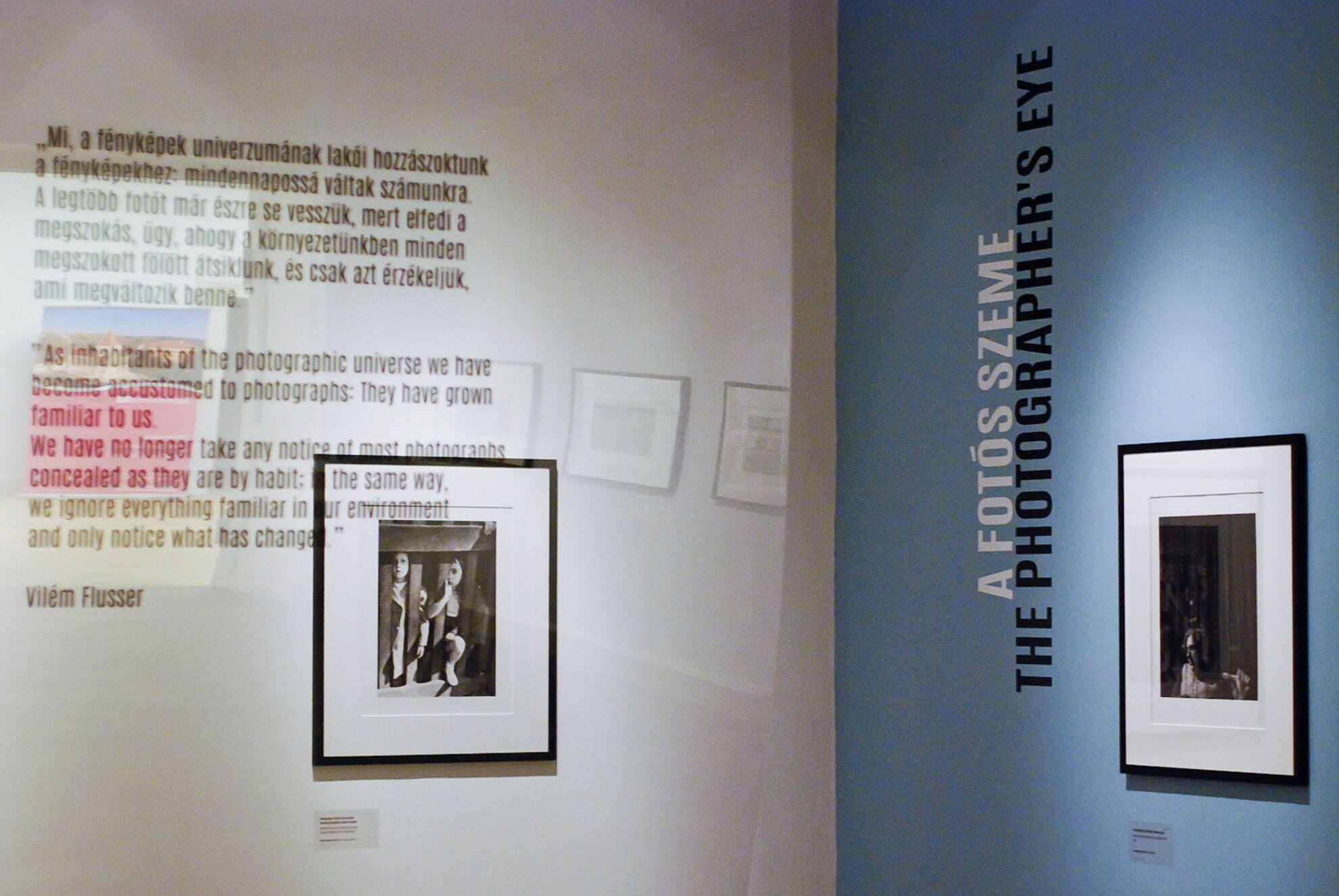
The exhibition also raises art philosophy questions, as curator Éva Fisli explains in her introductory note right at the beginning. The very first thing you encounter is, however, is not the question of objectivity never attained through photography, but a quote by Vilém Flusser, author of Towards a Philosophy of Photography, printed on a transparent plastic panel.
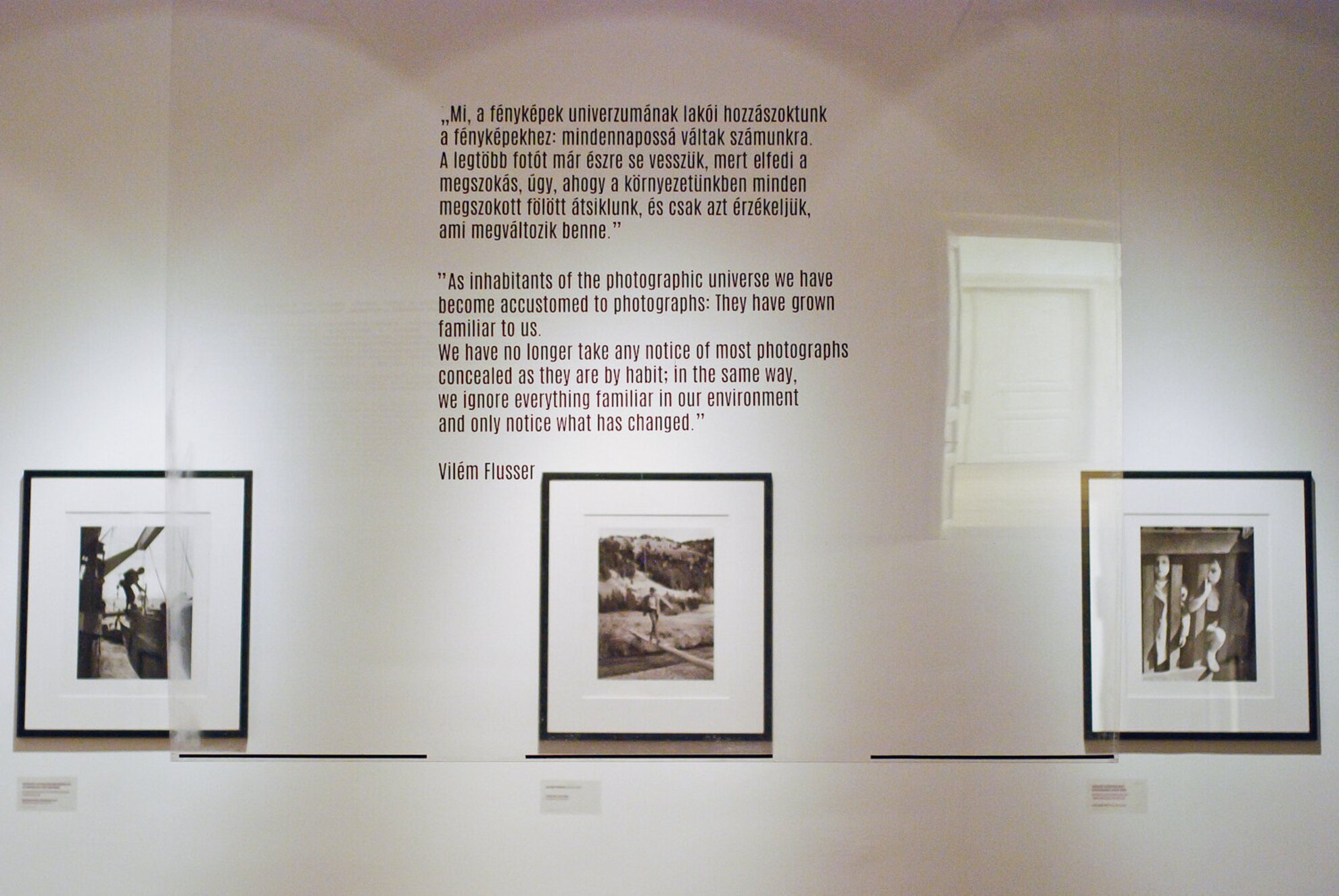
According to the influential study by Flusser, we have grown accustomed to photographs, since we see new pictures every day. Hence, true surprise, redundancy would result from permanence. If we saw the same pictures again and again in ads and papers, not ignoring the photos in the infinite universe of photographs would be a novelty.
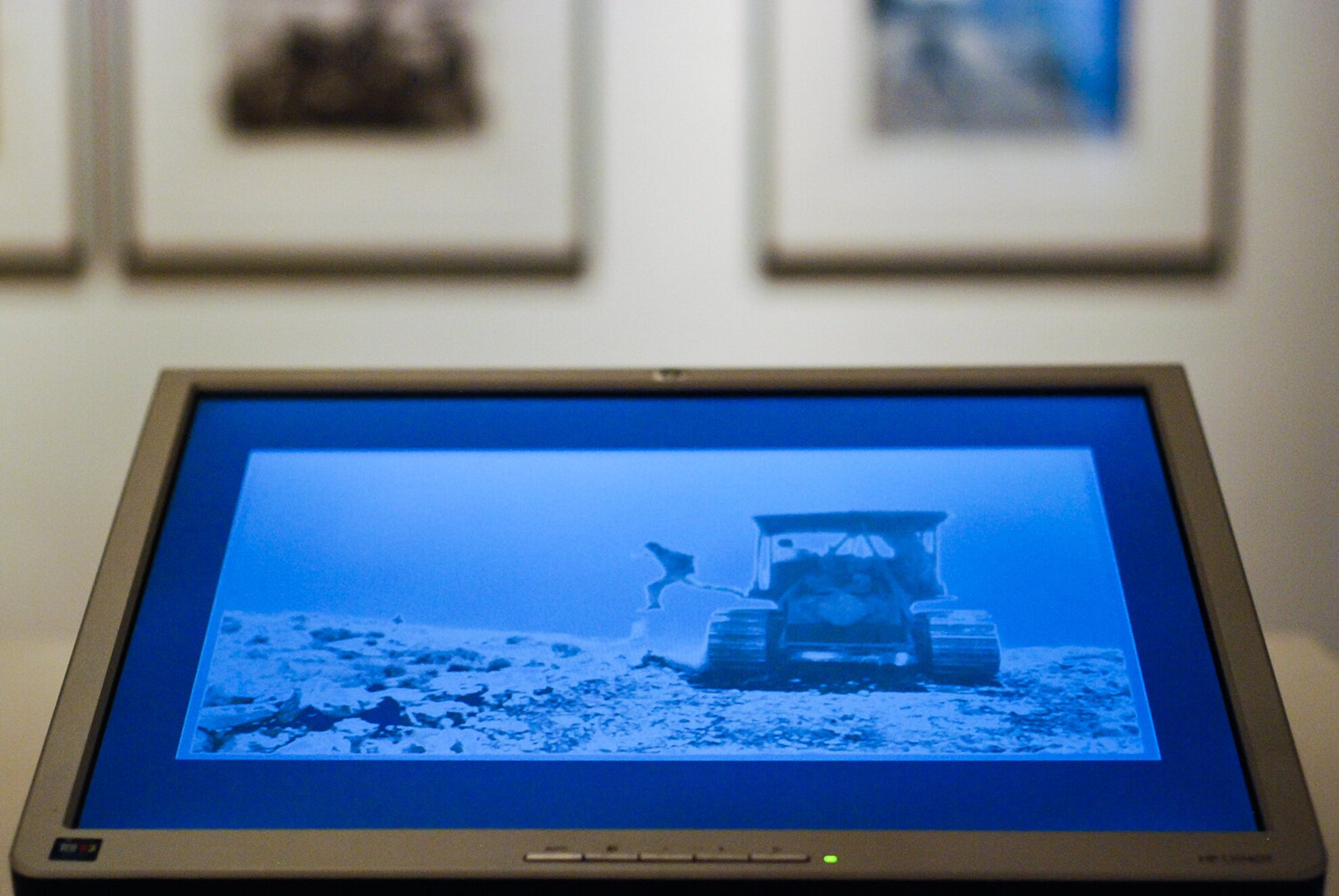
Although Robert Capa's photos are probably not new to the visitors, the notion of "here and now" is present manifold at the exhibition. The photographer records an out-of-context moment of reality, which is filtered through his eye: the angle and the composition accentuate whatever the photographer considers important.
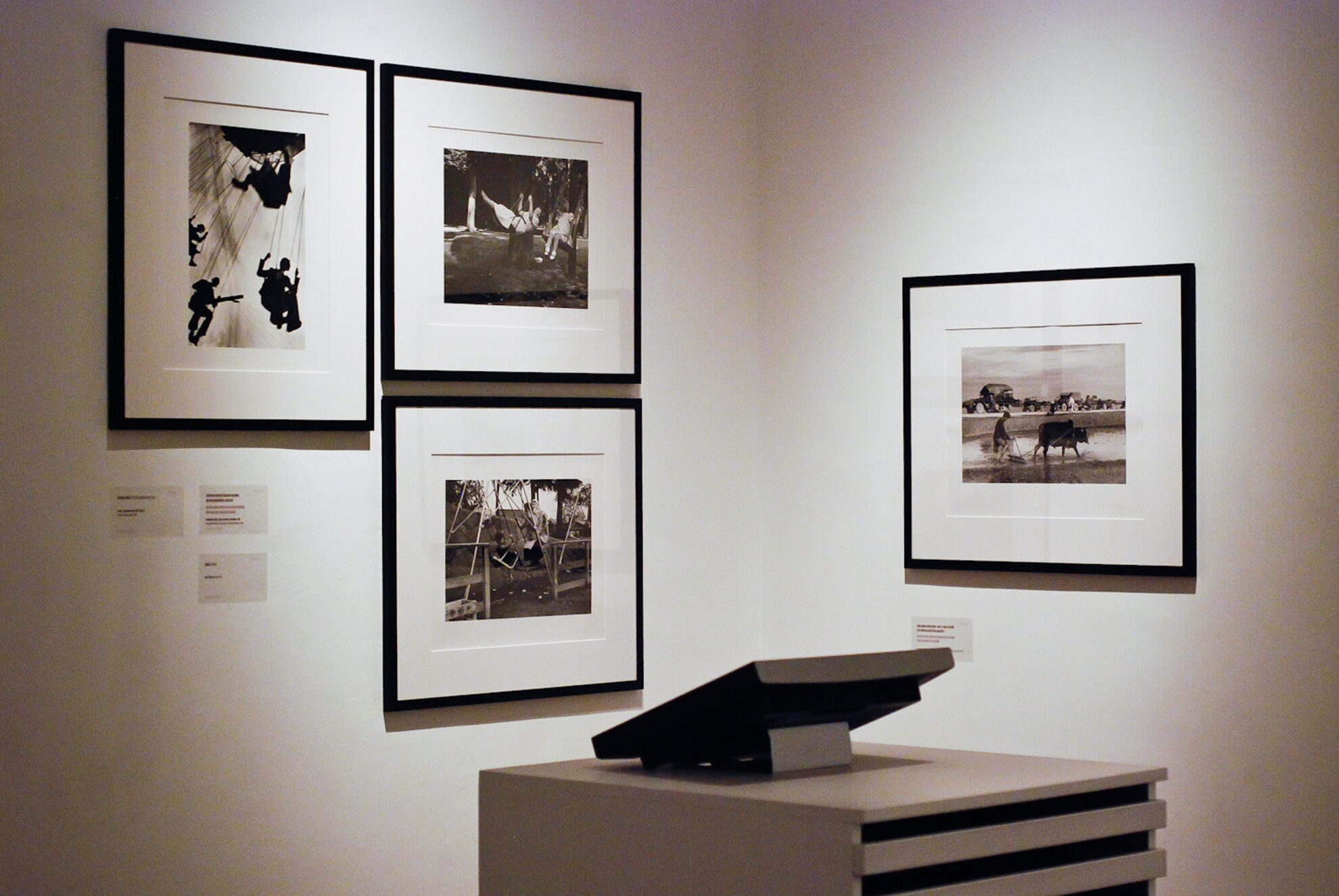
At the same time, the viewer of the 44 photos also experiences their own "here and now" . The arrangement, sequence and interpratation of the pictures might also give a new point of view, namely, ' following the eye of world-famous photographer, its aim is to explore what pictures the past presents us with, if we look at it from a different angle we used before.' (excerpt from the exhibition leaflet)
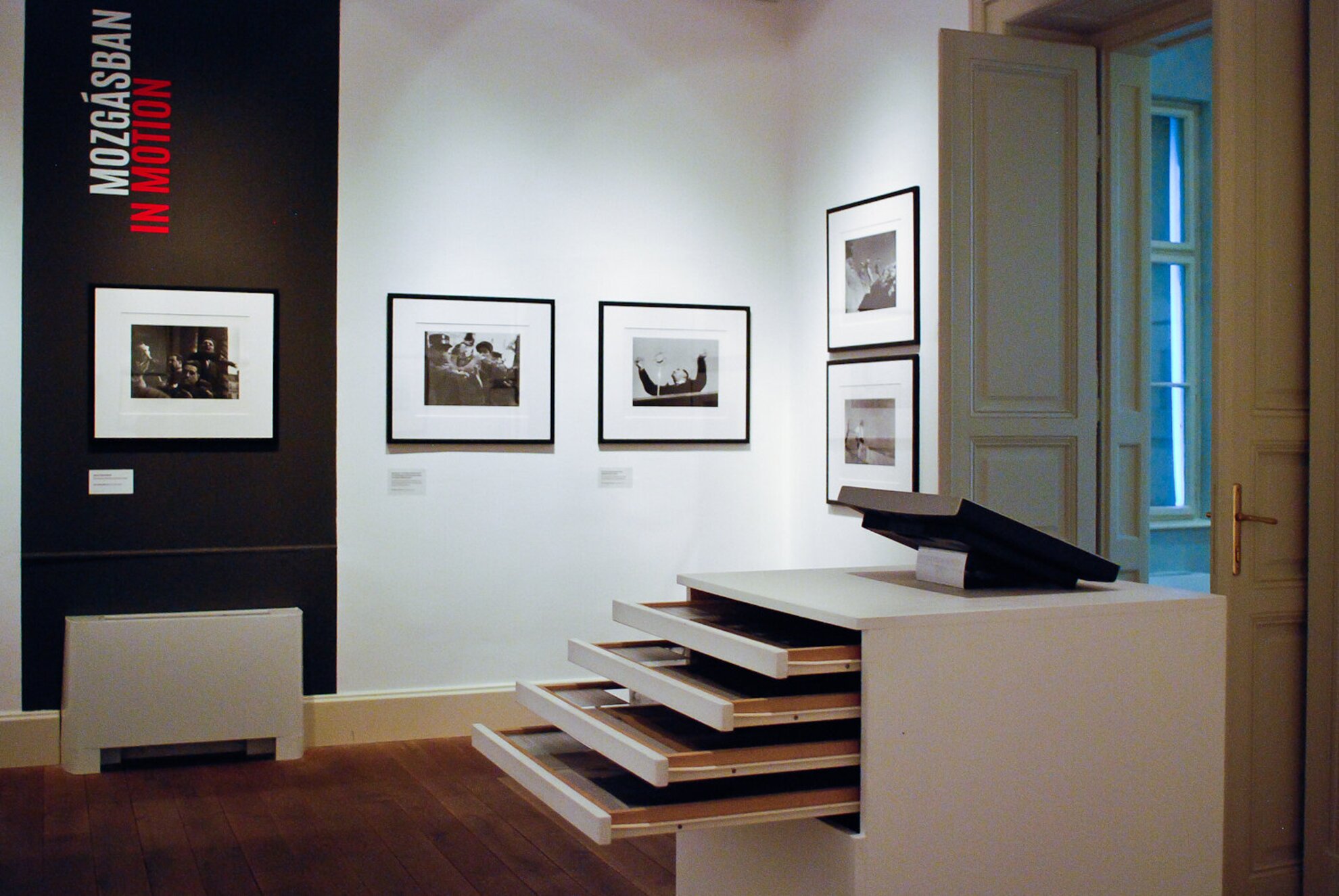
Although the three-room exhibition includes the world-famous The Falling Soldier, the majority of the photos are not horrible memories of war. The photos exhibited at Vaszary Villa convey a solid creative and human angle, which focuses on motion, dynamics, and the human, as representations of Life.
